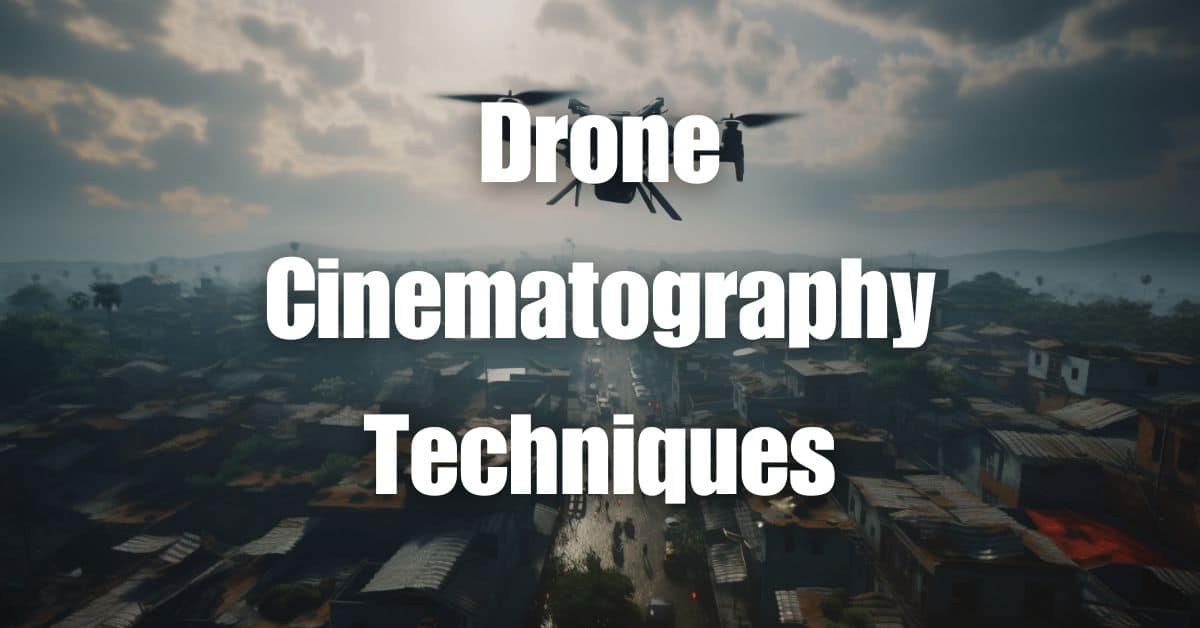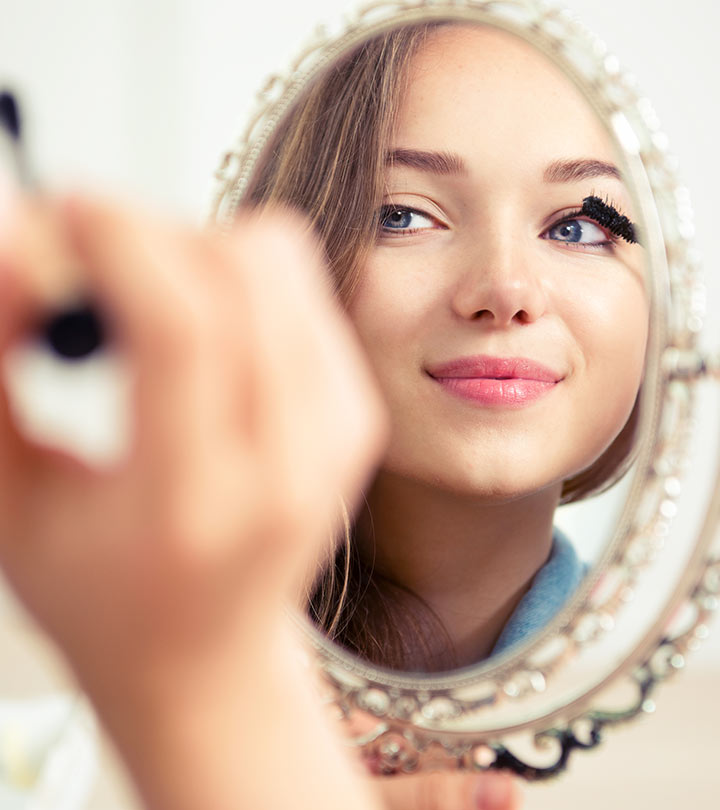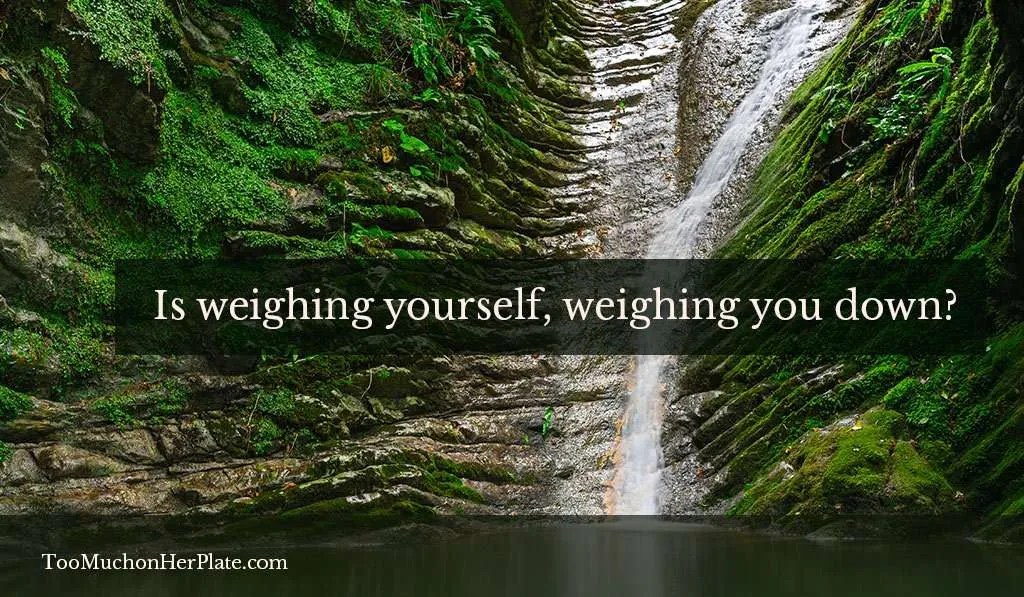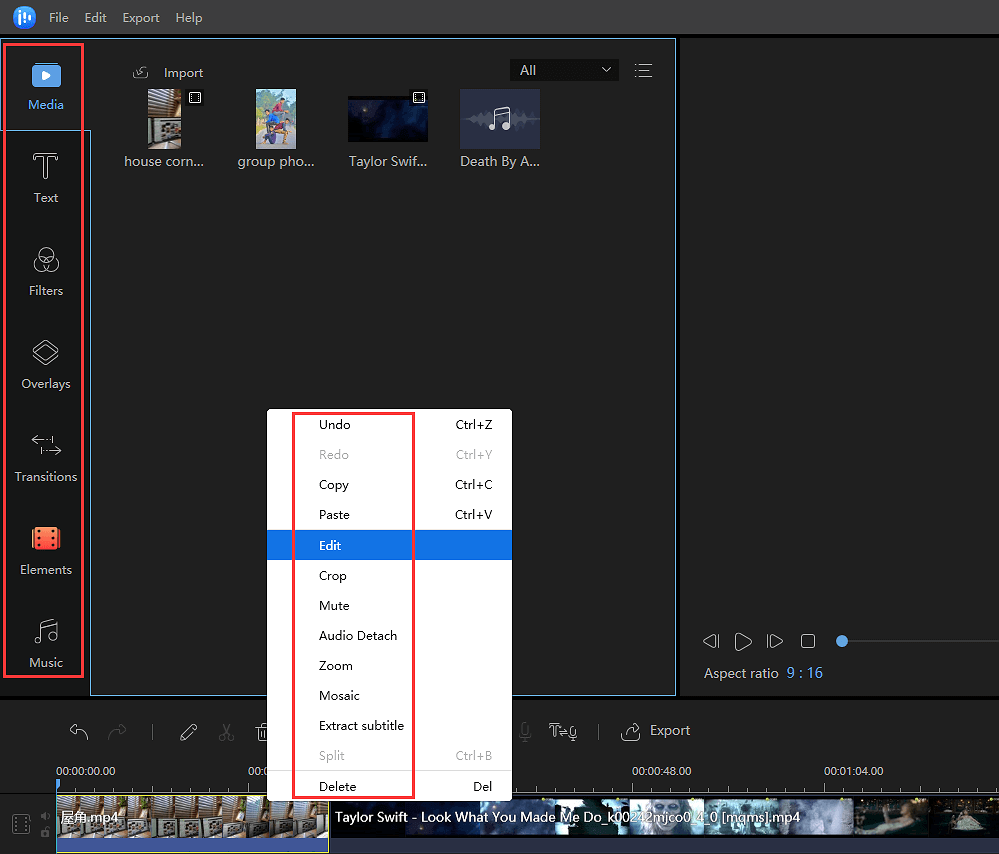“Essential Photo Composition for Stunning Travel Drone Shots
Related Articles Essential Photo Composition for Stunning Travel Drone Shots
- 4K Aerial Travel Shots Vlog Tricks
- Beginner Travel Camera Settings: Your Guide To Capturing Stunning Travel Photos
- Cinematic Travel: Mastering Camera Settings And Drone Shots For Breathtaking Visuals
- 4K Lightweight Camera Gear Drone Shots
- DSLR Travel Videography: A Comprehensive Guide To Capturing Stunning Memories
Introduction
On this special occasion, we’re delighted to explore an engaging topic: Essential Photo Composition for Stunning Travel Drone Shots. Together, we’ll uncover insights that inform, inspire, and open new perspectives for our readers.
Table of Content
Essential Photo Composition for Stunning Travel Drone Shots

Drone photography has revolutionized the way we capture the world, offering breathtaking perspectives that were once only accessible to seasoned pilots and those with deep pockets. With the advancements in drone technology, capturing stunning aerial shots has become increasingly accessible to travel enthusiasts. However, simply owning a drone doesn’t guarantee captivating photographs. Mastering the art of photo composition is crucial for transforming ordinary aerial shots into extraordinary visual stories.
This article delves into essential photo composition techniques tailored specifically for travel drone photography. By understanding and applying these principles, you can elevate your aerial imagery and create captivating visuals that truly capture the essence of your travel experiences.
I. Understanding the Fundamentals of Composition
Before diving into drone-specific techniques, let’s revisit the foundational principles of composition that apply to all forms of photography:
-
Rule of Thirds: This is perhaps the most well-known and widely used composition guideline. Imagine dividing your frame into nine equal parts using two horizontal and two vertical lines. Placing key elements of your scene along these lines or at their intersections creates a more balanced and visually appealing image. For example, when photographing a coastline, position the horizon line along the top or bottom third of the frame, depending on whether you want to emphasize the sky or the land.
-
Leading Lines: Lines can be powerful tools for guiding the viewer’s eye through your image. Roads, rivers, fences, or even natural formations can act as leading lines, drawing attention to the main subject and creating a sense of depth. When using leading lines in drone photography, look for patterns that naturally lead towards your point of interest.
-
Symmetry and Patterns: Symmetrical compositions can create a sense of balance and harmony. Look for symmetrical landscapes, architectural structures, or repeating patterns that can be captured from above. Patterns, whether natural or man-made, can also create visually interesting compositions. Drone photography is particularly well-suited for capturing patterns like rows of crops, urban grids, or intricate beach formations.
-
Framing: Framing involves using elements within the scene to create a frame around your subject. This can be achieved using natural elements like trees, arches, or rock formations, or man-made structures like bridges or buildings. Framing helps to isolate the subject, draw attention to it, and add depth to the image.
-
Negative Space: Negative space, or empty space, can be just as important as the subject itself. It allows the subject to breathe, creates a sense of calmness, and can emphasize its importance. In drone photography, negative space can be used to highlight a lone tree in a vast field, a boat in the open ocean, or a small building in a sprawling landscape.
II. Drone-Specific Composition Techniques
While the fundamental principles of composition apply to all forms of photography, drone photography offers unique perspectives and challenges. Here are some drone-specific composition techniques to consider:
-
Altitude and Perspective: One of the biggest advantages of drone photography is the ability to control altitude and perspective. Experiment with different altitudes to find the most compelling angle. A higher altitude can provide a broader view of the landscape, while a lower altitude can reveal more details and textures.
- Top-Down (Nadir) Shots: Shooting straight down can create abstract and visually striking images. Look for interesting patterns, textures, and colors that are best appreciated from directly above.
- Orthogonal Views: Shooting at a 90-degree angle to a subject can create a sense of order and clarity. This is particularly effective for photographing buildings, roads, and other linear structures.
- Angled Views: Shooting at an angle allows you to capture depth and perspective. Experiment with different angles to find the most dynamic composition.
-
Reveal Shots: Drones are perfect for capturing reveal shots, where you gradually reveal a hidden landscape or landmark. Start with a close-up view and then slowly fly the drone backward to reveal the wider scene. This technique can create a sense of anticipation and excitement.
-
Orbiting: Orbiting involves flying the drone in a circle around a subject while keeping the camera pointed towards it. This technique can create a dynamic and engaging video or a series of photos that showcase the subject from different angles.
-
Dolly Zoom (Vertigo Effect): This technique involves simultaneously zooming in or out while flying the drone in the opposite direction. This creates a disorienting effect that can be used to emphasize a particular subject or create a sense of unease.
-
Time-Lapse: Drones can be used to capture stunning time-lapse videos of landscapes, sunsets, or cityscapes. Plan your shot carefully and ensure that the drone is stable and the battery is sufficient for the duration of the time-lapse.
III. Practical Tips for Travel Drone Photography Composition
- Scout Your Location: Before you even launch your drone, take the time to scout your location and identify potential compositions. Look for interesting landmarks, patterns, and perspectives.
- Plan Your Shots: Think about the story you want to tell with your photographs and plan your shots accordingly. Consider the time of day, the weather conditions, and the direction of the light.
- Use a Polarizing Filter: A polarizing filter can help to reduce glare, enhance colors, and improve contrast, especially when shooting over water or in bright sunlight.
- Shoot in RAW: Shooting in RAW format gives you more flexibility when editing your photos. You can adjust the exposure, white balance, and other settings without losing image quality.
- Use a Histogram: The histogram is a graphical representation of the tonal range in your image. Use it to ensure that your image is properly exposed and that you are not clipping any highlights or shadows.
- Practice, Practice, Practice: The more you practice, the better you will become at composing compelling drone photographs. Experiment with different techniques and learn from your mistakes.
IV. Ethical Considerations and Regulations
As drone photography becomes more popular, it’s important to be aware of the ethical considerations and regulations surrounding drone use.
- Respect Privacy: Avoid flying over private property or photographing people without their permission.
- Follow Regulations: Familiarize yourself with the local drone regulations and follow them carefully. This may include registering your drone, obtaining a permit, and flying in designated areas.
- Be Mindful of Wildlife: Avoid flying too close to wildlife, as this can disturb or endanger them.
- Avoid No-Fly Zones: Be aware of no-fly zones, such as airports, military bases, and national parks, and avoid flying in these areas.
- Fly Safely: Always fly your drone safely and responsibly. Be aware of your surroundings and avoid flying in hazardous conditions.
V. Post-Processing for Enhanced Composition
Post-processing is an essential part of the drone photography workflow. While good composition is crucial in-camera, post-processing can further enhance your images and bring out their full potential.
- Cropping: Cropping can be used to refine the composition of your image, remove distractions, and emphasize the subject.
- Color Correction: Adjusting the colors in your image can help to create a mood and enhance the overall visual appeal.
- Sharpening: Sharpening can help to bring out details and textures in your image.
- Dehazing: Dehazing can help to reduce atmospheric haze and improve clarity.
- Perspective Correction: Use perspective correction tools to fix converging lines and create a more balanced composition.
Conclusion
Mastering the art of photo composition is essential for creating stunning travel drone shots. By understanding and applying the fundamental principles of composition, as well as drone-specific techniques, you can transform ordinary aerial shots into extraordinary visual stories. Remember to scout your locations, plan your shots, and practice regularly. Most importantly, be ethical and responsible in your drone use, respecting privacy, following regulations, and flying safely. With dedication and practice, you can capture breathtaking aerial photographs that truly capture the beauty and essence of your travel adventures.




